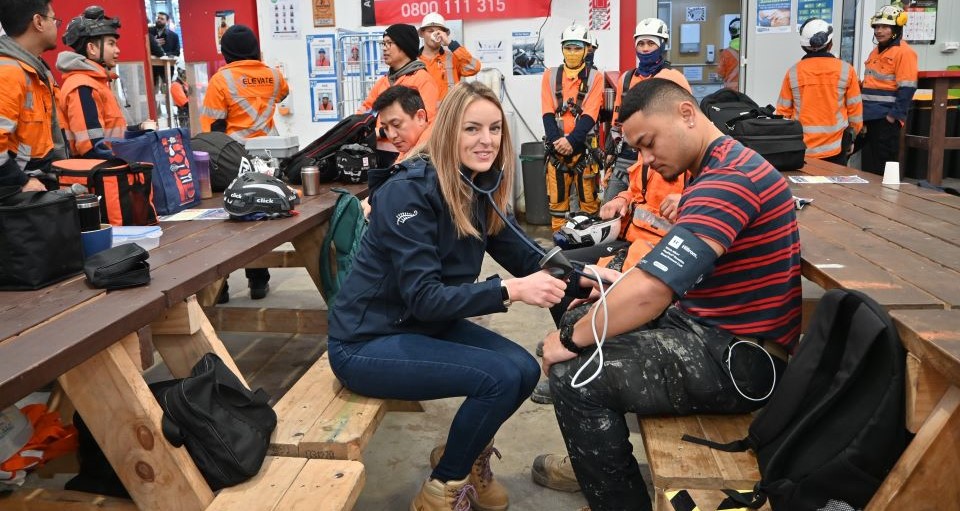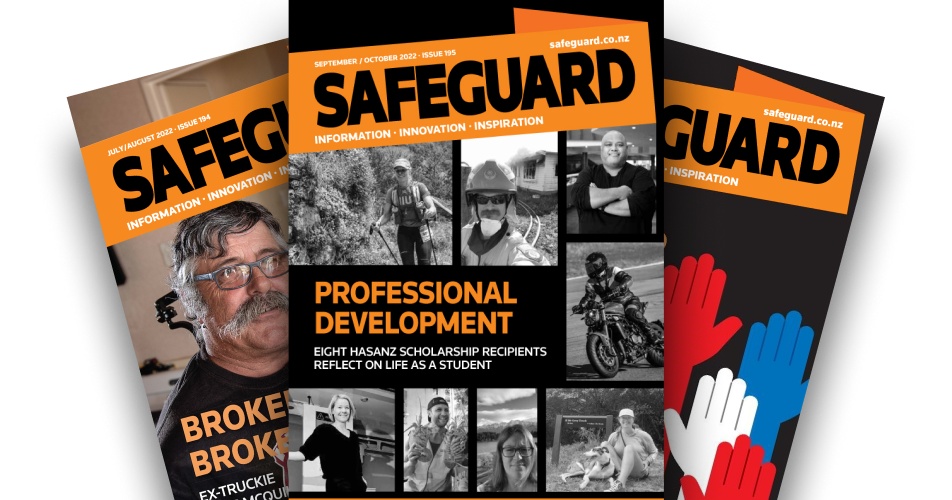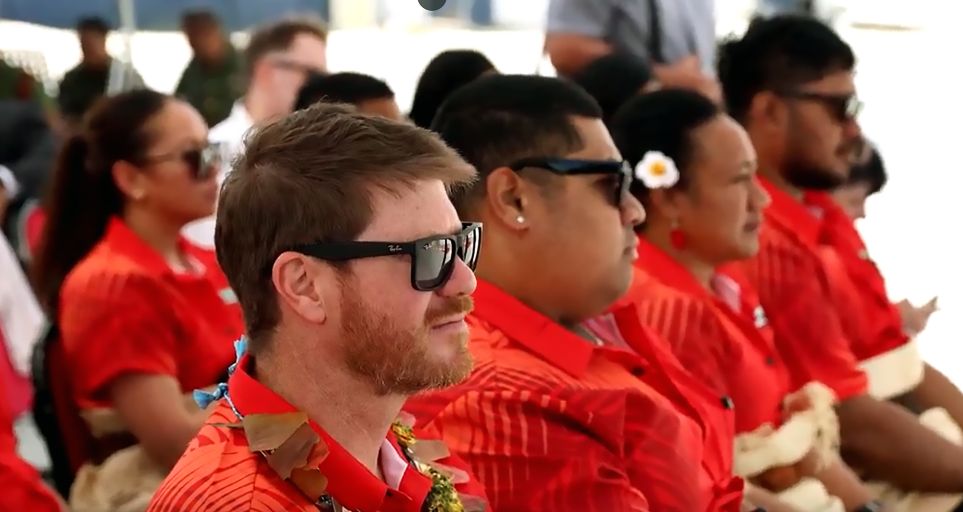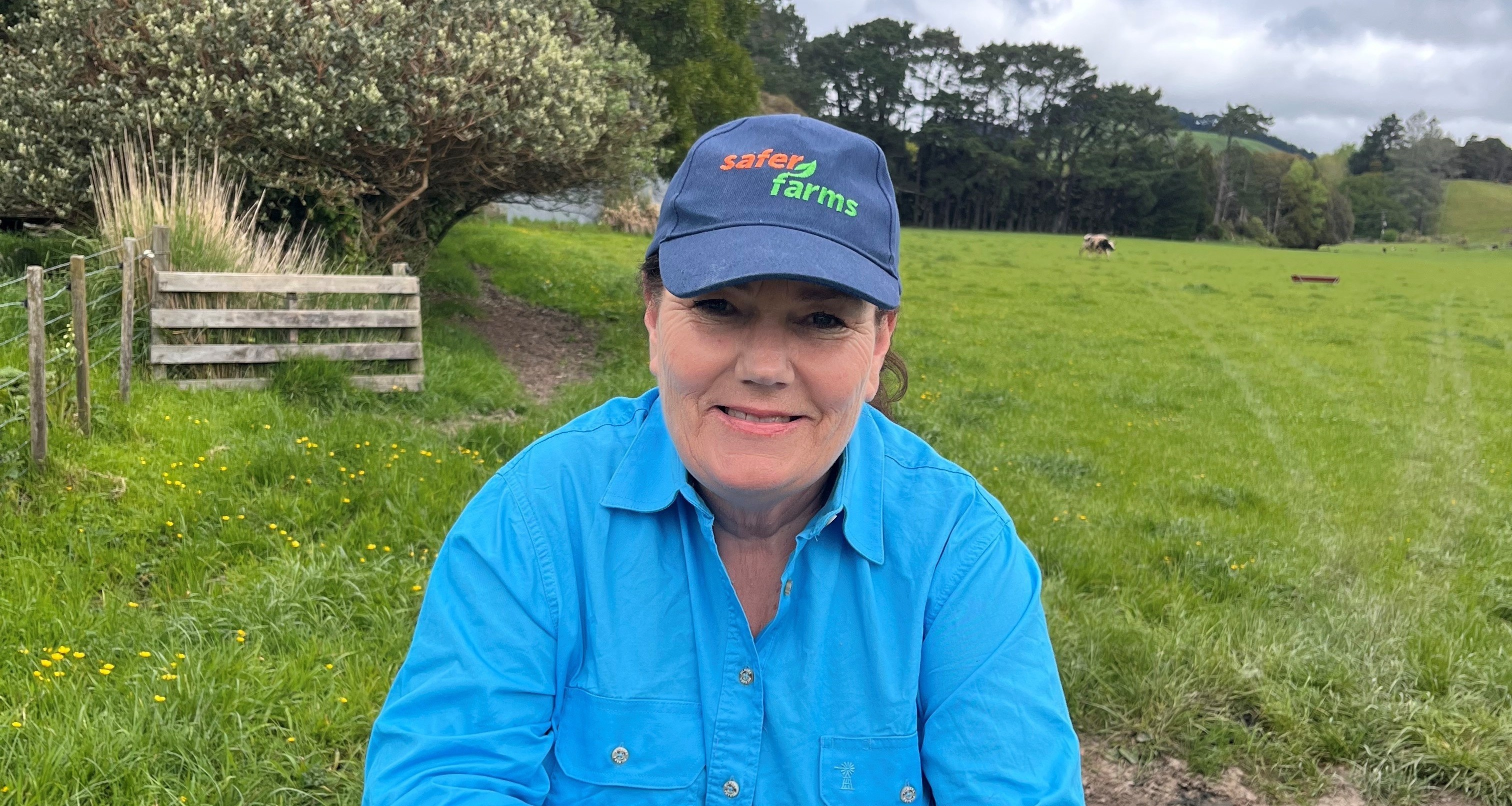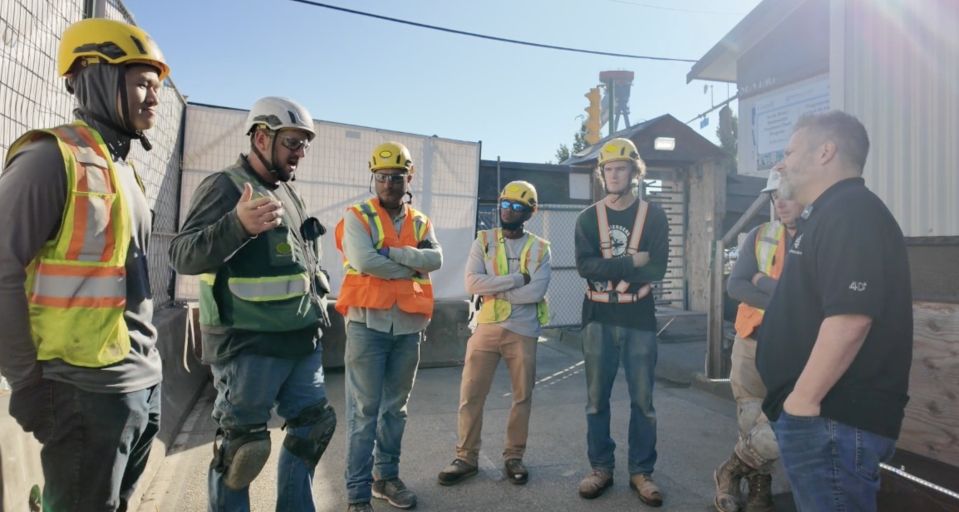The CRL project began with a clear and ambitious vision: to be industry-leading in health, safety and wellbeing. From the outset, the project incorporated traditional occupational health measures such as health monitoring and access to an Employee Assistance Programme. These services were satisfactory but uptake was low and impact was limited. To deliver on its vision and create a genuine legacy, CRL recognised the need to redesign its approach by shifting to an active, inclusive, and embedded health and wellbeing strategy.
Redesign with purpose
Health couldn’t be something accessed occasionally or delivered from the sidelines. CRL moved health and wellbeing into the heart of project life, designing a delivery model that was visible, relevant, culturally responsive, and available to everyone – from direct employees to subcontractors and casual staff.
This shift was particularly critical given the demographic makeup of the workforce, which included a high proportion of Māori, Pacific, and migrant workers. These communities face longstanding health inequities and are disproportionately affected by conditions such as diabetes, cardiovascular disease, and respiratory illness. Cultural and language barriers, unfamiliarity with the health system, and limited time off work often prevent meaningful engagement with preventive healthcare.
Our overstretched public health system only compounds this, with long GP wait times and daytime appointments that many workers simply cannot attend. CRL’s solution was straightforward: bring healthcare and psychological support to the people – at work, when it is needed, and in a way that makes sense to them.
Evidence and engagement
Informed by health monitoring data, incident reporting, engagement surveys, and national workplace health risks, CRL launched an integrated health and counselling service directly on-site. The health professionals became familiar faces – trusted members of the team, not outsiders.
This enhanced model has delivered:
- Toolbox health talks, delivered in line with national health awareness.
- Over 2000 drop-in appointments for general health checks, including blood pressure, cholesterol, and diabetes testing. These sessions often became entry points for deeper health conversations.
- 381 body composition scans, helping workers understand individual metrics such as muscle mass, visceral fat, and metabolic risk in an engaging and informative way.
- 600 ear health and microsuction appointments, following widespread wax build-up identified during hearing tests.
- 1000+ flu vaccinations, reducing absenteeism and improving workforce immunity.
- Internal respiratory fit testing, with team members trained in-house to improve compliance and reduce delays.
- A pioneering Movember initiative, offering PSA testing, gout screening, cardiovascular checks, and onsite sexual health testing in partnership with Auckland Sexual Health.
- Onsite psychotherapy, providing informal mental health support that normalised counselling and reduced stigma around accessing help.
Building trust, generating impact
As expected, early engagement was slow. Health programmes – particularly those that venture beyond physical checks – require time to build credibility. But through a consistent presence, private one-on-one conversations, and a culturally sensitive approach, momentum grew. Workers began to realise the service was not a compliance tool, but a genuine opportunity to improve personal wellbeing.
The results were tangible. Workers began reducing energy drink consumption, actively managing blood pressure, and understanding how dietary changes influenced their blood sugar levels. Pre-diabetic and hypertensive conditions were identified early and referred appropriately. In several cases, elevated PSA levels were picked up in men younger than the national screening threshold, allowing for earlier interventions.
Importantly, this impact extended beyond the site. High-risk workers were invited to bring their whānau to weekend wellness checks, helping bridge the gap between workplace and home, and extending the reach of the programme into families and communities.
Health also became something to talk about. Individuals used any opportunity to be competitive – whether it’s metabolic age or earwax removal records – which added levity and helped destigmatise engagement. These small touches contributed to a broader culture shift around health and wellbeing at work.
Lessons and lasting value
- Vision and leadership mattered: Setting a clear goal to lead the industry gave this programme the focus and investment it needed.
- Accessibility was essential: Free, onsite, culturally aligned services reduced barriers and boosted engagement.
- Trust took time: A consistent, respectful presence helped turn initial scepticism into lasting participation.
- The workforce shaped the service: Feedback from workers refined the model and ensured it remained relevant.
- It worked—and it will last: The model produced measurable outcomes and demonstrated lasting value for the workforce and wider industry.
A new standard
CRL’s approach has redefined how health and wellbeing can be delivered within infrastructure projects. By embedding care into the day-to-day life of the project, and designing a model grounded in equity, trust, and accessibility, CRL has improved not just individual outcomes, but the standard for workplace health in New Zealand.
Kim Kavanagh is occupational health manager with the Link Alliance.
